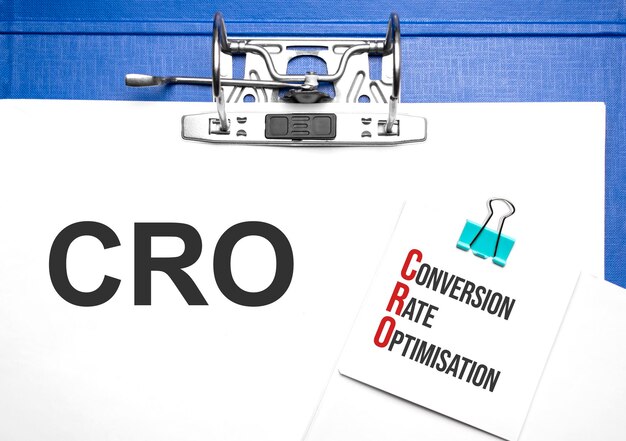Understanding Roth Conversions and RMDs: A Comprehensive Guide
When planning for retirement, the financial landscape can seem daunting with its myriad of jargon and rules. Among the many concepts, Roth conversions and Required Minimum Distributions (RMDs) often surface as critical topics. But do these two intersect? Specifically, does a Roth conversion count as an RMD? This guide aims to demystify the relationship between these financial concepts and provide you with the clarity needed to make informed retirement planning decisions.
🚀 What is a Roth Conversion?
A Roth IRA conversion involves transferring funds from a traditional IRA or other retirement account into a Roth IRA. This maneuver offers several benefits:
- Tax-Free Growth: Once funds are in a Roth IRA, any growth can be tax-free.
- No RMDs: Unlike traditional IRAs, Roth IRAs do not have required minimum distributions.
The process involves paying taxes on the converted amount as if it were an income for that tax year. This means your taxable income could increase substantially in the year of conversion, which is an important factor to consider.
📊 The Concept of Required Minimum Distributions (RMDs)
RMDs are the minimum amounts that retirement account owners must withdraw annually, starting at age 73 as of 2023. These mandatory distributions apply to:
- Traditional IRAs
- Most 401(k) plans
- Other defined contribution plans
The purpose of RMDs is to ensure that individuals eventually withdraw and pay tax on their retirement savings. Failing to take RMDs results in hefty penalties.
Why Were RMDs Introduced?
RMDs are essentially the IRS’s way of ensuring that money invested in retirement accounts does not grow tax-deferred indefinitely. By requiring withdrawals, the IRS ensures eventual taxation of these funds.
📚 Does a Roth Conversion Count as an RMD?
No, a Roth conversion does not count as an RMD. Here’s why:
- Order of Operations: RMDs must be taken before any Roth conversion in the same year. You cannot convert RMD to a Roth IRA. Any RMD amount for the year cannot be part of the conversion.
- Tax Implications: Converting funds from a traditional IRA to a Roth IRA involves taxation, but it does not fulfill your RMD requirement.
It must be explicitly noted that if you are over the age for RMDs to begin, you are obligated to take those distributions before executing a Roth conversion.
💡 Key Considerations and Strategy Tips
To tell whether a Roth conversion could be beneficial for you, consider the following:
- Tax Brackets: Evaluate how a conversion impacts your current and future tax brackets. Sometimes, it may be strategically beneficial to convert during a lower tax bracket year.
- Growth Potential: If you expect substantial growth within your retirement portfolio, converting to a Roth and allowing your investment to grow tax-free might be advantageous.
- Time Frame: A longer timeline until withdrawal favors Roth conversions because of the potential for tax-free growth.
Planning Tips for Roth Conversions and RMDs
- Start Early: Plan your conversions early in the year to have flexibility with market changes and income variations.
- Use Multiple Accounts: Consider spreading conversions over several years to avoid being pushed into a higher tax bracket.
- Tax Counseling: Consulting with a tax professional can optimize Roth conversion strategies and ensure compliance with RMD regulations.
🔍 Related Subtopics: Deepening Your Understanding
While exploring Roth conversions and RMDs, several related concepts surface that can influence your retirement strategy.
Spousal Considerations and IRAs
- Spousal IRAs: If you or your spouse aren't earning income, a contribution to a spousal IRA can still be made based on the working spouse's income.
- Inherited IRAs: Non-spouse beneficiaries have different rules. Understanding these can optimize inheritance tax strategies.
Impact on Social Security Benefits
How your income appears on tax returns, affected by Roth conversions, can influence the taxation of Social Security benefits. Monitoring your income thresholds is essential to minimize tax impacts on benefits.
Estate Planning Benefits
A Roth IRA can play a pivotal role in estate planning:
- Legacy Building: Not being subject to RMDs during the account owner’s lifetime means Roth IRAs can continue to grow tax-free, potentially leaving a larger inheritance.
- Tax-Advantaged Inheritance: Beneficiaries can withdraw from a Roth IRA without immediate tax burdens, making Roth IRAs valuable from an estate planning perspective.
📑 Key Takeaways for Managing Roth Conversions and RMDs
Below, find a simple bullet-point list to crystallize your understanding of Roth conversions and RMDs:
- ✅ Roth Conversion Basics: Allows funds to grow tax-free, with taxes paid upfront.
- ✅ RMD Requirement: Applies to traditional accounts, needs to be taken before Roth conversion if due.
- ✅ Strategic Timing: Consider market conditions, tax brackets, and personal financial goals.
- ✅ Professional Guidance: Advisable to navigate complexities, especially in high-income years.
🌟 Making the Most of Your Retirement Planning
Navigating the intricacies of Roth conversions and RMDs requires foresight and planning. While a Roth conversion does not count as an RMD, understanding both can shape a tax-efficient retirement strategy. The key is to align these financial tools with your personal long-term goals, maximizing growth and minimizing taxes.
Empower yourself with knowledge, seek expert advice, and make informed decisions that secure your financial future. Whether it's through the absence of RMDs or the potential for tax-free growth, carefully plan Roth conversions can be a powerful element of your retirement toolkit. By understanding the rules and optimizing your approach, you can pave a smoother path toward a secure and prosperous retirement.

Related Topics
- Are Roth Conversions Taxable
- Can You Do a Roth Conversion From An Inherited Ira
- Do Roth Conversions Count As Contributions
- Do Roth Conversions Count As Rmd
- Do You Have To Pay Taxes Immediately On Roth Conversion
- Does a Roth Conversion Count As a Contribution
- Does a Roth Conversion Count As An Rmd
- How Are Roth Conversions Taxed
- How Do Roth Conversions Work
- How Does a Roth Conversion Work